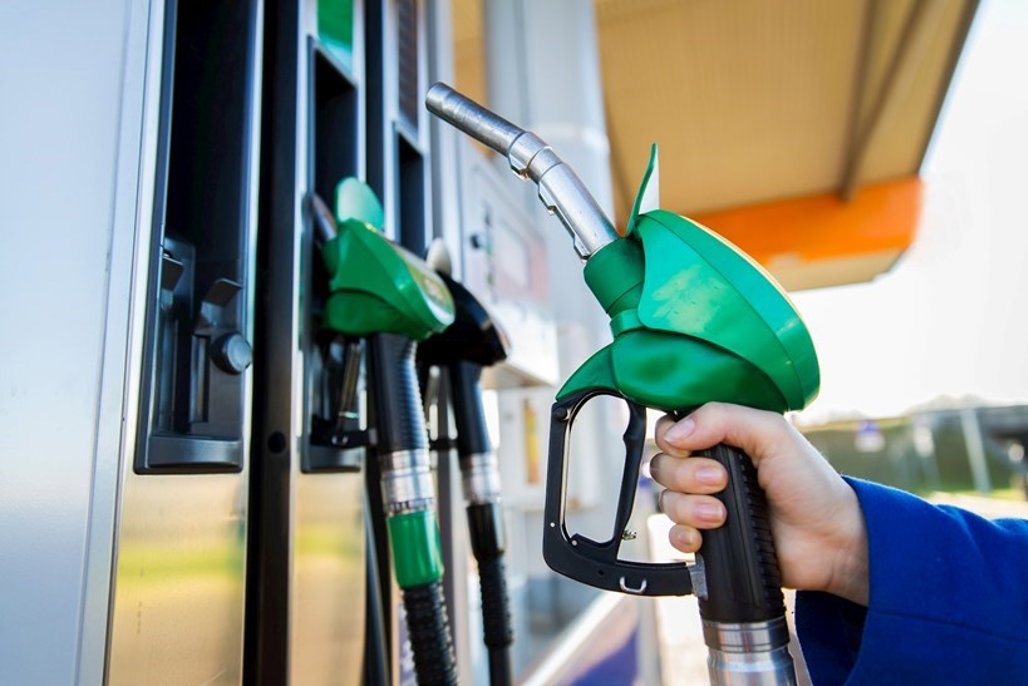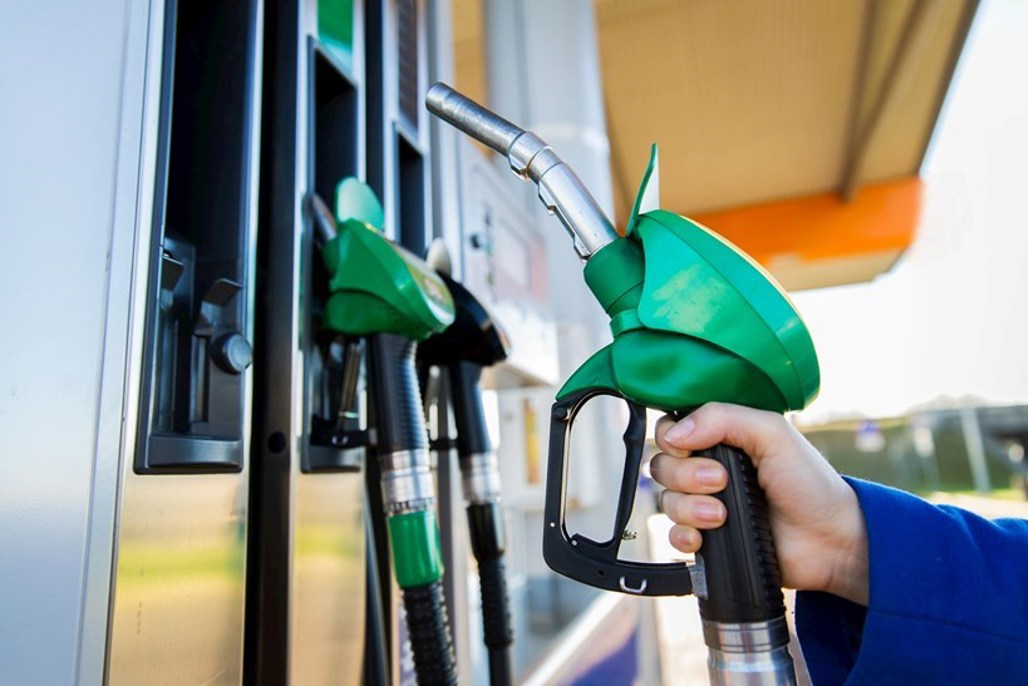Inflated fuel prices are hitting Kiwis hard. Recently, DRIVEN released a list of some of the cheapest petrol stations in Aotearoa. It revealed that the average 60-litre tank of petrol costs upwards of $165, and up to $220 in some of the more expensive towns.
Prices of petrol around the country, according to prices listed on the price-tracking app, Gaspy, on Wednesday 22 June, varied between $2.76 per litre at Gull Napier, and $3.68 per litre at BP 2go Waiheke Island. As of today (4 July), those prices have risen by at least 12 cents per litre, with Gull Napier now charging $2.88 per litre.
The rising petrol prices may be persuading some people to look at more fuel-efficient cars. But if that's not an option for you, there are ways to make fuel go further in your current vehicle.
Things like turning off the air conditioning unless you really need it, avoiding harsh acceleration and braking, conserving momentum, and ensuring your tires are all at the correct pressure can all make big differences to your fuel economy.
In a recent Autocar feature, one 'hypermiling' expert, someone adept at maximising fuel efficiency, went even further, suggesting you put your seatbelt on before starting the car so you don't waste a single drop of petrol. He also suggested removing roof racks and bike carriers if you're not using them to reduce drag, and ensuring there's no unnecessary weight in the boot.
But one of the biggest things you can do to get the most out of your petrol tank is to reduce your overall speed.
In 2017, the Office of Energy Efficiency & Renewable Energy published a study on the effects of speed on fuel consumption. It followed 74 light vehicles, including two-seaters, utes, sedans, SUVs and minivans with four, six, and eight-cylinder engines, as well as two and all-wheel-drive configurations.
It found that on average, fuel efficiency worsened by 12.4 percent when speed was increased from 80km/h (50mph) to 96km/h (60mph), and by 15.4 percent when speed increased from 113km/h (70mph) to 129km/h (80mph).




